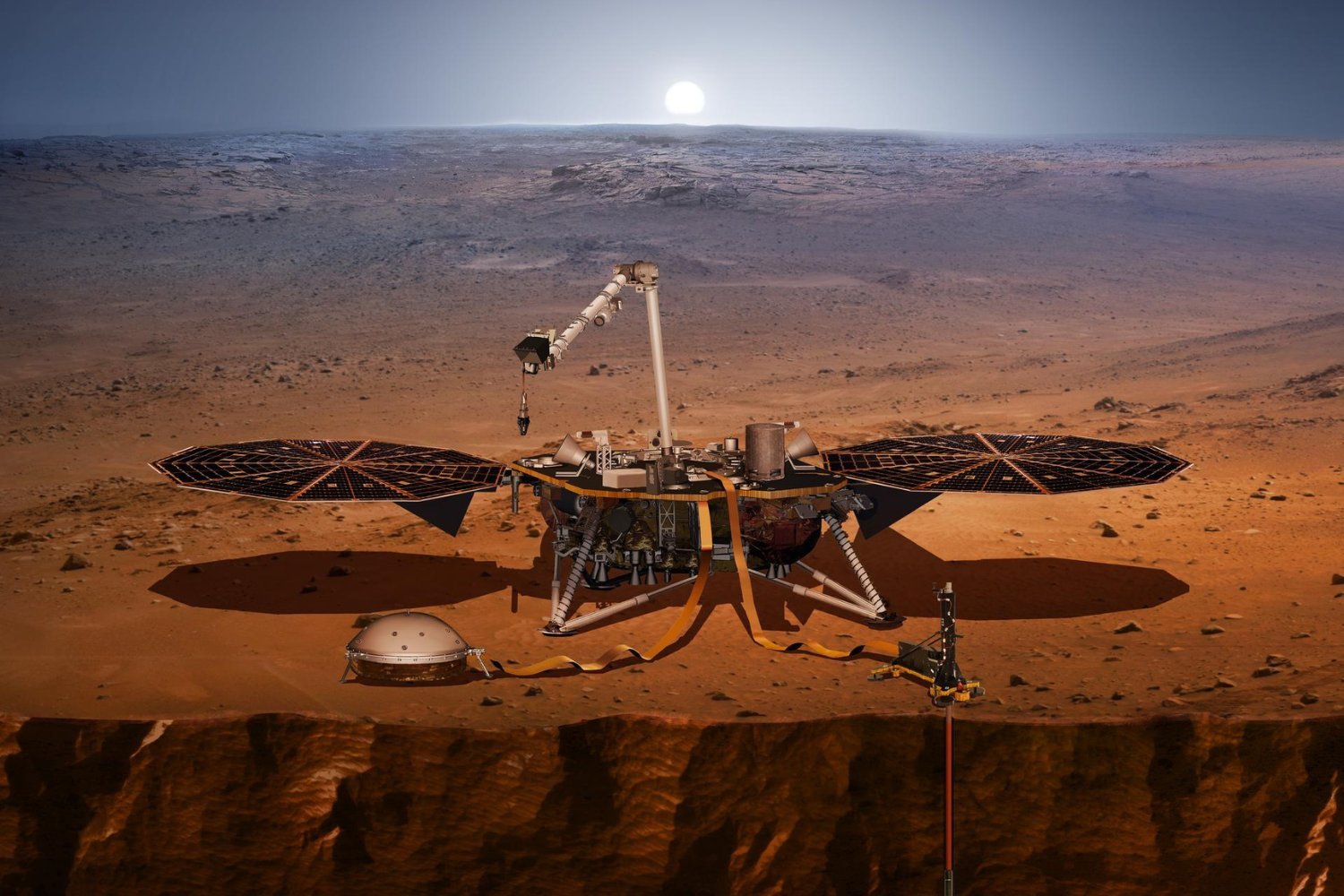Introduction to Martian Research
Research published recently has revealed "seismic discontinuities in the Martian crust" which scientists believe could indicate the presence of liquid water beneath the Martian surface. This discovery raises the possibility of microbial life existing on Mars.
Mars as a Venue for Astrobiology
Mars, with its ancient past similar to Earth’s and its proximity to our planet, has been a compelling subject for astrobiology for decades. The recent findings suggest that liquid water, essential for life as we know it, may exist beneath the Martian surface. This reinforces the notion that microbial life could thrive beneath the planet’s arid and rocky terrain.
Implications of Liquid Water on Mars
According to Ikuo Katayama, a planetary scientist at Hiroshima University and co-author of the study, if liquid water is found on Mars, it could mean "the presence of microbial activity" in the Martian crust. Mars rovers, landers, and orbiters are dedicated to understanding the Red Planet, shedding light on the possibility of life, even if it’s no longer present.
The Role of Perseverance Rover and InSight Lander
Over the past four years, the Perseverance rover has been exploring the western edge of Jezero Crater, a huge basin that once held a lake of liquid water. The rover has collected intriguing Martian rocks, which NASA plans to retrieve through the Mars Sample Return program. InSight, which landed on Mars in 2018, was tasked with studying the Martian topsoil, surface winds, and interior. Before its decommissioning in December 2022, InSight detected over 1,300 marsquakes and sent nearly 7,000 images of the planet’s surface.
Seismic Data Analysis
Some of the seismic data collected by InSight indicated boundaries at 6.2 miles and 12.4 miles beneath the planet’s surface, previously thought to be due to changes in rock porosity. However, the research team suggests these boundaries could be cracks in the Martian subsurface filled with water. By studying how different seismic waves travel through similar rock formations in Sweden, the team found that seismic velocities vary significantly between dry, wet, and frozen samples. This implies that the Martian boundaries could indicate a transition from dry to wet rock, suggesting the presence of liquid water.
Conclusion and Future Implications
Katayama noted that while many studies suggest water was present on Mars billions of years ago, the new model indicates liquid water may exist on present-day Mars. Although InSight’s digging tool failed to penetrate the Martian surface, NASA’s Mars Sample Return could provide invaluable insights into the possibility of past life on Mars. The recent findings may also prompt consideration of sending a new mission to the Red Planet to further explore the potential for life beneath its surface.
Source Link





